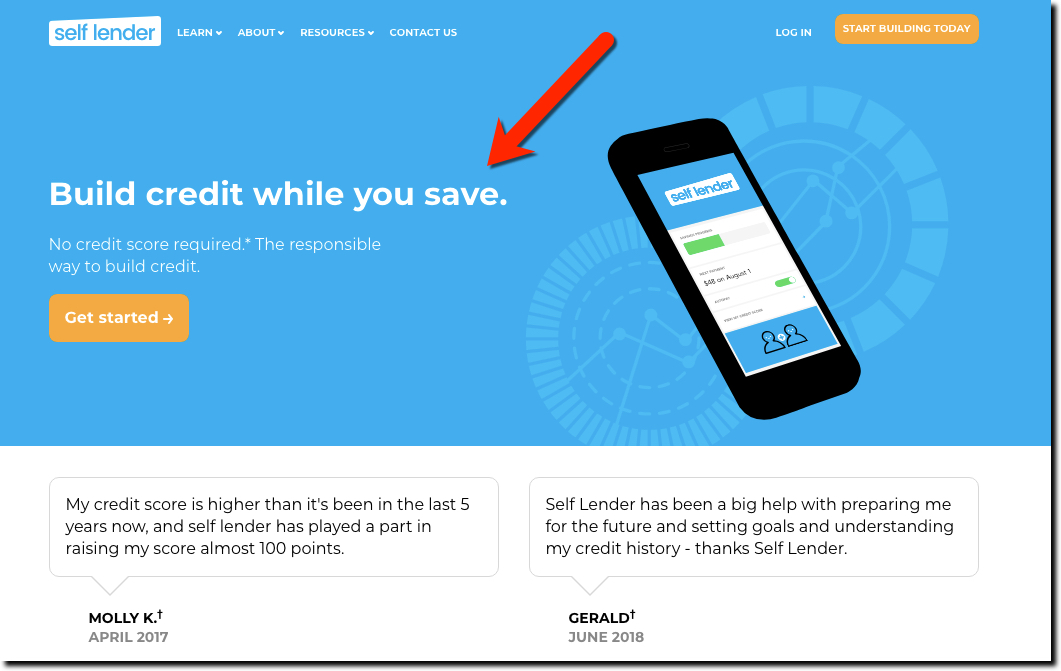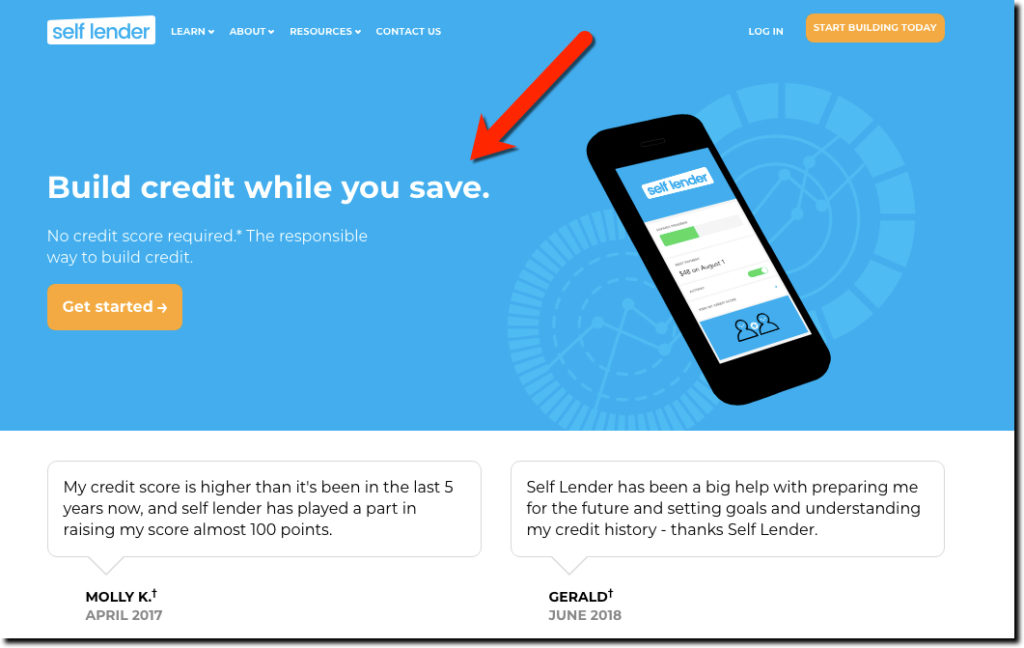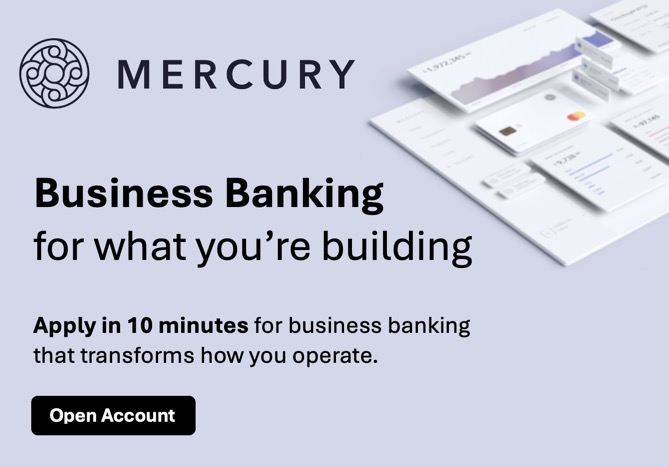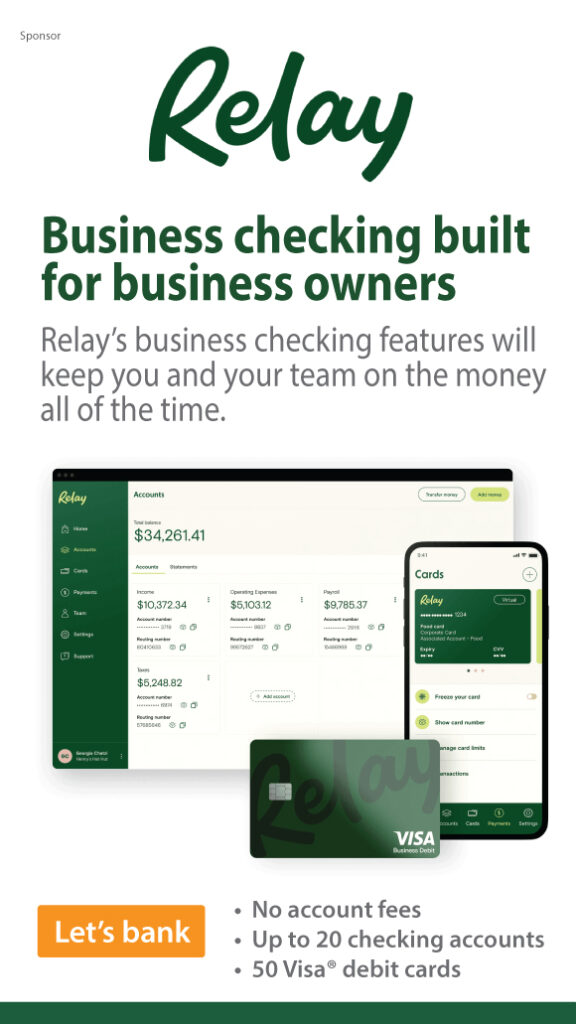Since the financial crisis in 2008, it’s been much harder for U.S. youth to obtain a credit card. So most rely on debit cards for spending. However, debit cards don’t help in establishing credit for the estimated 45 million American adults without a credit score (see note 1).
It used to be easy (perhaps too easy) to get your credit established. During the ’90s and early 2000s, college students were practically handed credit cards as they walked through campus during Freshman orientation. Even before ubiquitous Visa/Mastercards, students in the ’70s and ’80s students easily obtained gasoline charge cards.
U.S. credit bureaus are now allowing rental history to count towards your credit score. But until landlords are required to report payment info, it’s up to the renter to get the info to the bureaus at a cost of about $100 annually (see options here).
Another more traditional route is a deposit-secured loan. Customers without credit can take a loan secured by their deposit, typically a CD. As the loan is repaid, credit is established. However, that requires having enough cash available to qualify for the lowest loan amount, which is usually at least $1,000.
Enter Self Lender, an Austin, TX-based startup with $17 million in funding. The company helps students, or anyone looking to establish or improve a credit score. Users apply for a $500 or $1000 CD-secured loan. When approved, they get the CD, but they don’t get access to the funds until they’ve paid off that amount (+ interest). While that sounds nonsensical, it’s actually brilliant for someone looking to establish, or improve, their credit because it shows up on credit bureaus as a “secured installment loan” with payments/payoff helping the user’s credit score.
 Here’s how it works. Users choose a monthly payment amount they can afford and set up an auto payment to Self Lender for that amount. Self Lender’s bank partners, put aside the total of all the monthly payments into an FDIC deposit account. The total “loan” and repayments are reported to the three major credit bureaus. At the end of the repayment period, customers get their money back less 5% to 6% in fees. There is also a $9 to $15 fee to establish the account, so users end up spending as little as $45 (see inset for pricing) to goose their credit score materially, a great investment given the savings down the road from having better credit.
Here’s how it works. Users choose a monthly payment amount they can afford and set up an auto payment to Self Lender for that amount. Self Lender’s bank partners, put aside the total of all the monthly payments into an FDIC deposit account. The total “loan” and repayments are reported to the three major credit bureaus. At the end of the repayment period, customers get their money back less 5% to 6% in fees. There is also a $9 to $15 fee to establish the account, so users end up spending as little as $45 (see inset for pricing) to goose their credit score materially, a great investment given the savings down the road from having better credit.
In addition, borrowers are provided free Transunion credit-report monitoring, further justifying the fee and increasing the educational component of the offering. Users must make their “payments” on time or they can be dinged late fees and negative info on their credit reports. It takes about 6 months for new customers to establish a credit score.
Importantly, Self Lender does not do a hard credit pull so there is no adverse impact to their customer’s credit score at the outset. They do however conduct a “soft pull” to establish credit monitoring, Furthermore, its bank partner does a ChexSystem review to check for recent checking/savings problems, so not everyone can qualify for the service.
When it raised its latest round, a $10 million series B in November, the company revealed it had served 175,000 consumers amassing $140 million in “originations,” which works out to an average loan size of $800. Furthermore, they were adding about 10,000 accounts per month from June through November (currently the website says 190,000 indicating growth may have slowed to 5,000 per month). More importantly, new credit files were coming in with an average 670 score (on the lower edge of prime) using their service and others were improving their credit score by 45 points.
Bank partners originating the accounts and holding deposit are Lead Bank, Sunrise Banks and Atlantic Capital Bank. Initially, Self Lender’s initial banking partner (June 2015 press release) was Austin Capital Bank. However, the bank now offers a virtually identical product under the brand name CreditStrong and appears to no longer be working with the startup (note 2).
To see Self Lender in action, check out its TechCrunch demo in 2014 (video) and update (2018). Interestingly, the company originally used a $3/mo subscription model instead of the somewhat less transparent fee structure used today (note 3). At that time, the company planned to upsell customers an installment loan at the end of the original term, using their Self Lender balance as a down payment on another secured loan, typically for a vehicle. The company is currently not pushing that aspect of its original vision, but I’m sure it’s on the product roadmap (note 3).
Bottom line: Secured starter loans are a brilliant idea unless the credit bureaus quash it for gaming the system (note 4). But since Self Lender reports late payments and “defaults” (note 5), it seems like it meets the requirements of a “loan” though technically the startup never has any funds at risk. At minimum, it demonstrates that the consumer can follow through on a monthly payment plan.
A few financial institutions, mostly credit unions such as 1st Financial Federal Credit Union, offer so-called credit-builder loans, but it’s not widely known. We believe it would be a great addition to financial institutions student and young adult banking options. It could be an anchor component of a value-added premium service sold by subscriptions.
Notes:
- Estimate made by CFPB for number of credit invisible (26 million) and those that had an incalculable credit score due to lack of info (19 million).
- Apologies for the speculation here, but we were not able to get a comment from Self Lender before publishing. We’ll update if we hear from them.
- In the 2014 demo, you could also pay with Bitcoin, which was in the $300 to $500 range.
- Deposit-secured loans have been around longer than credit bureaus, so it seems unlikely that credit bureaus would no longer accept them as part of a consumer’s credit history. But you never know.
- It’s not really a “loan default” since the user never received funds.




